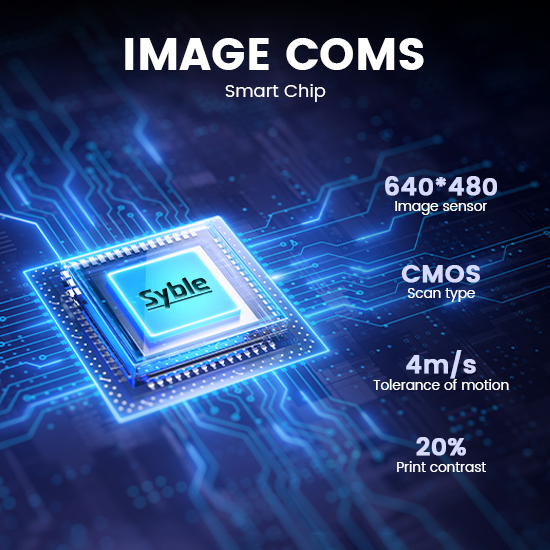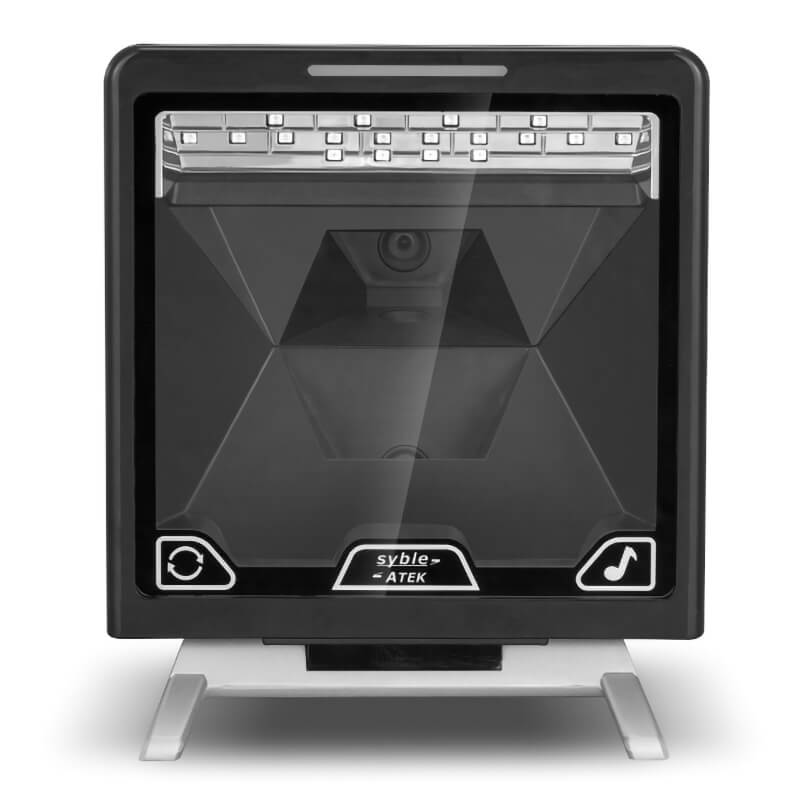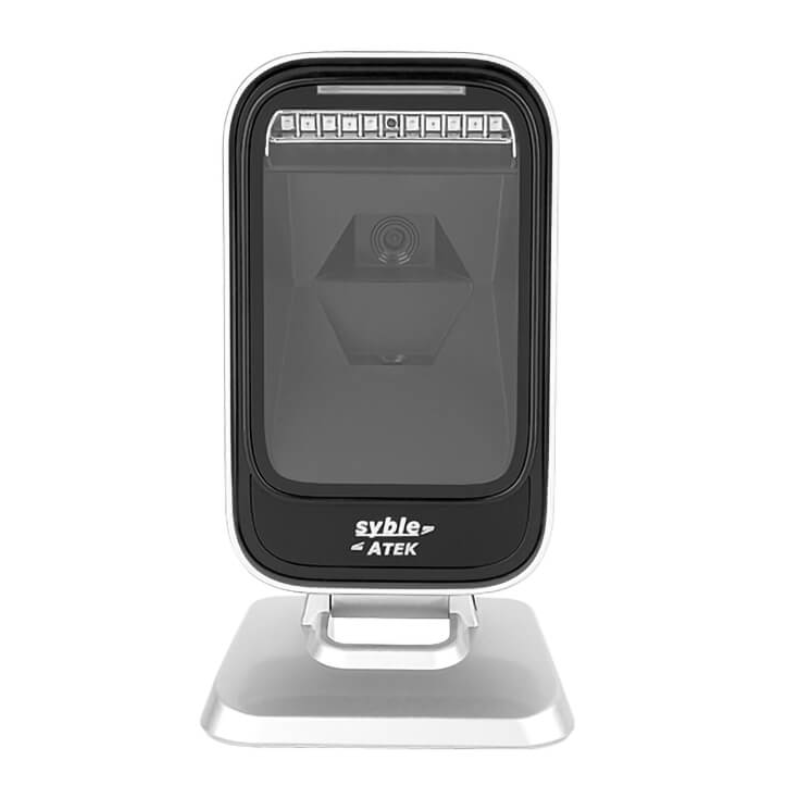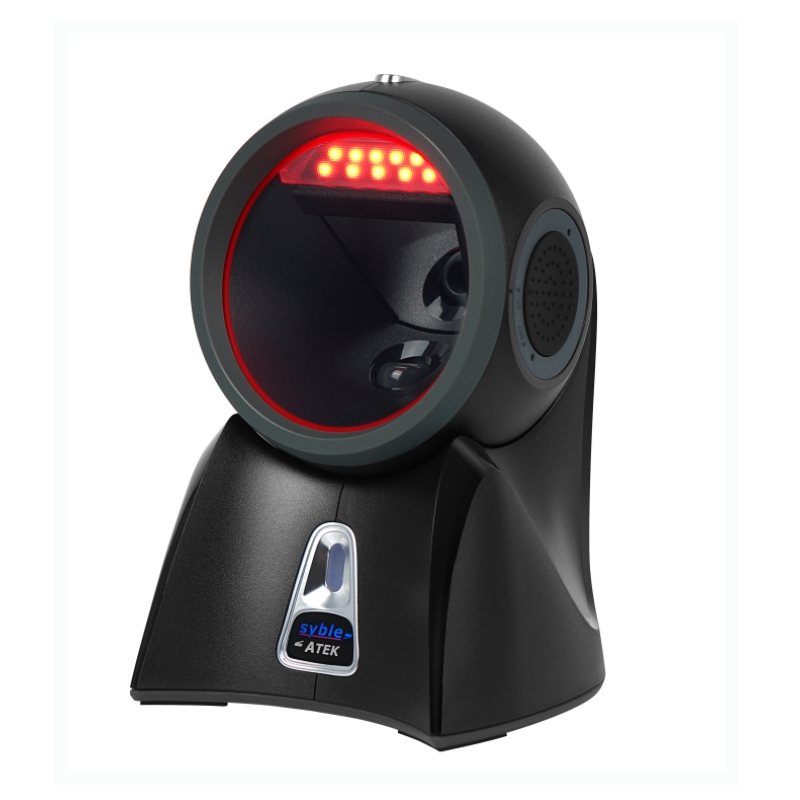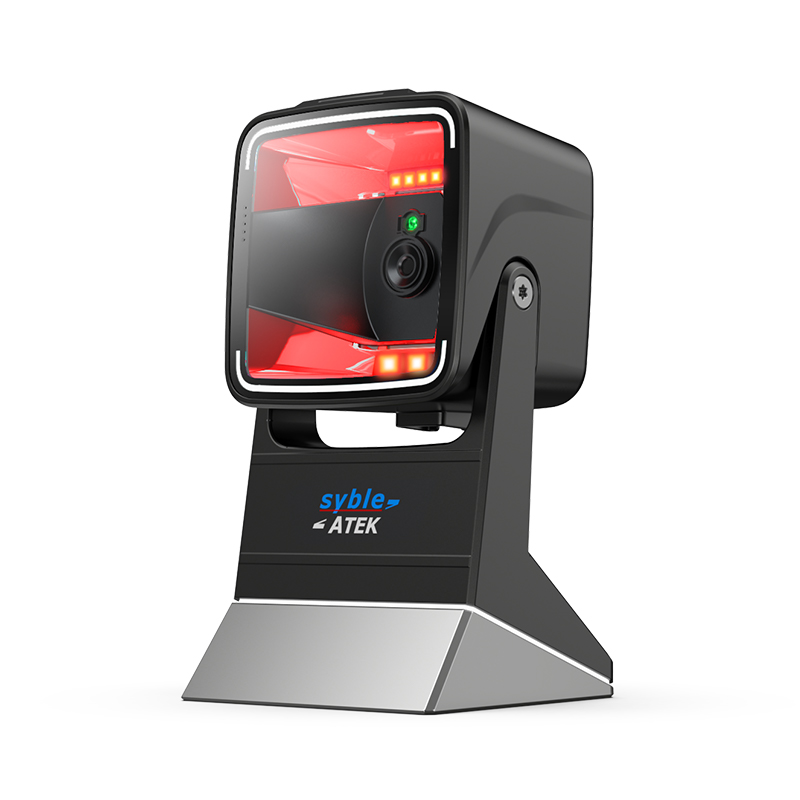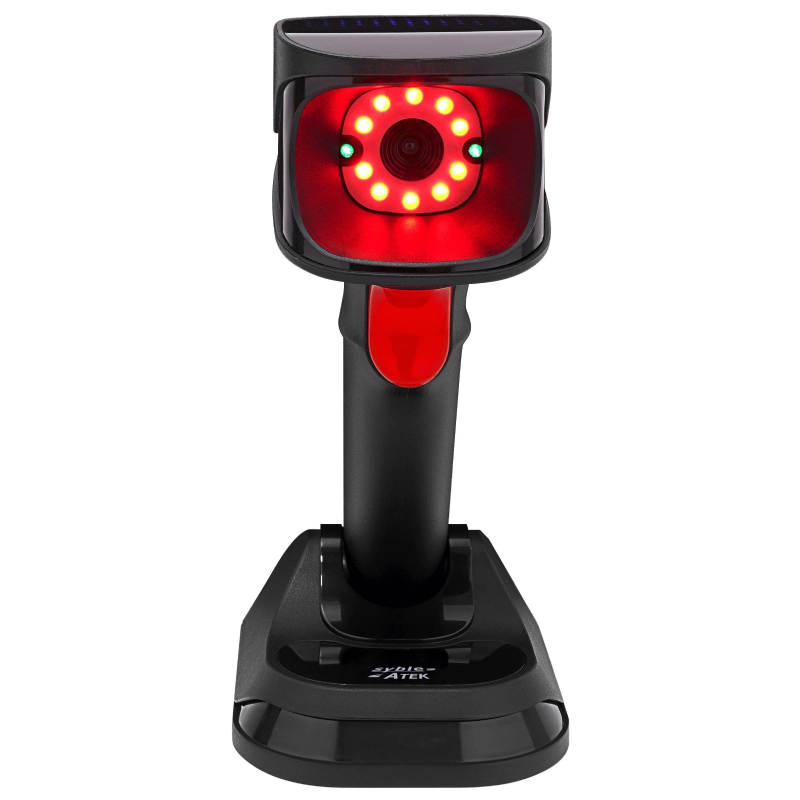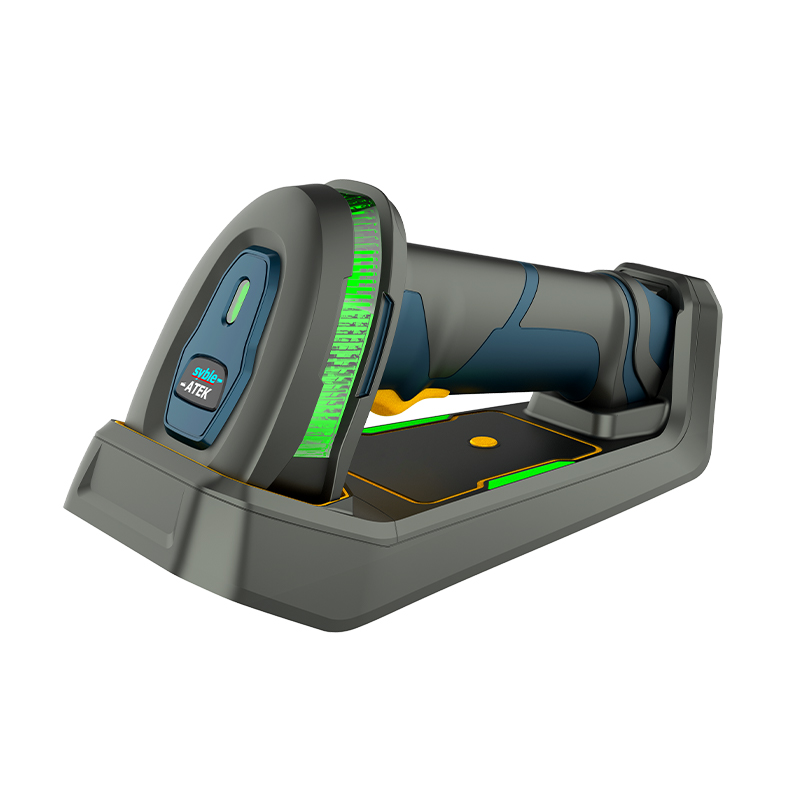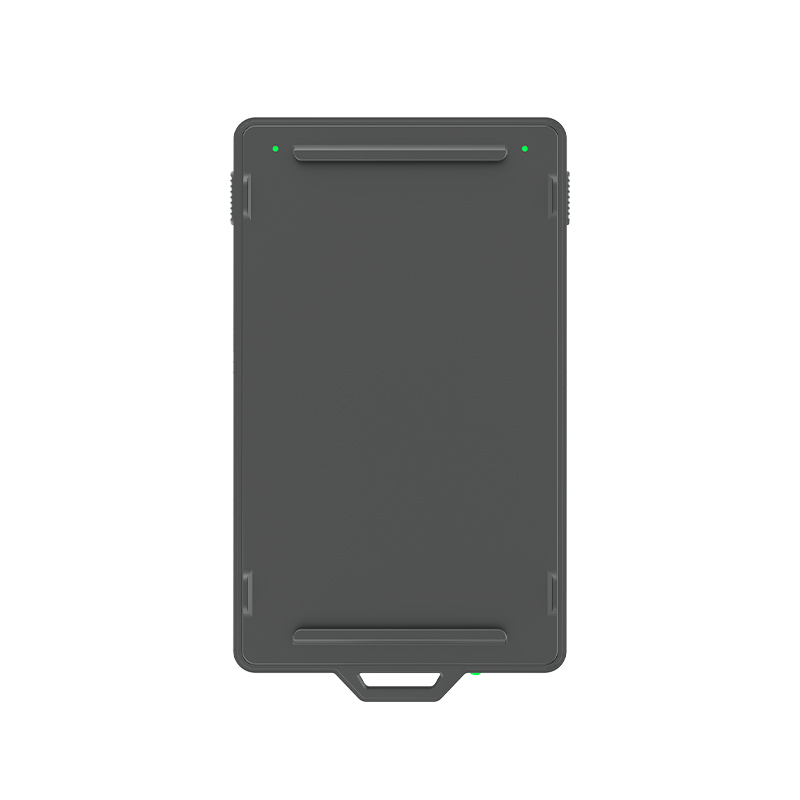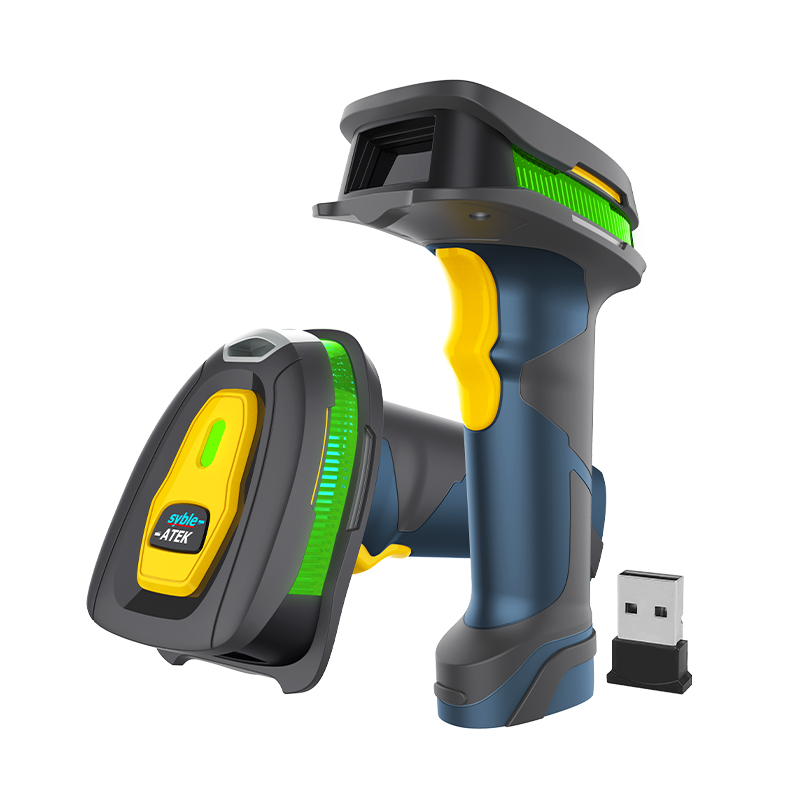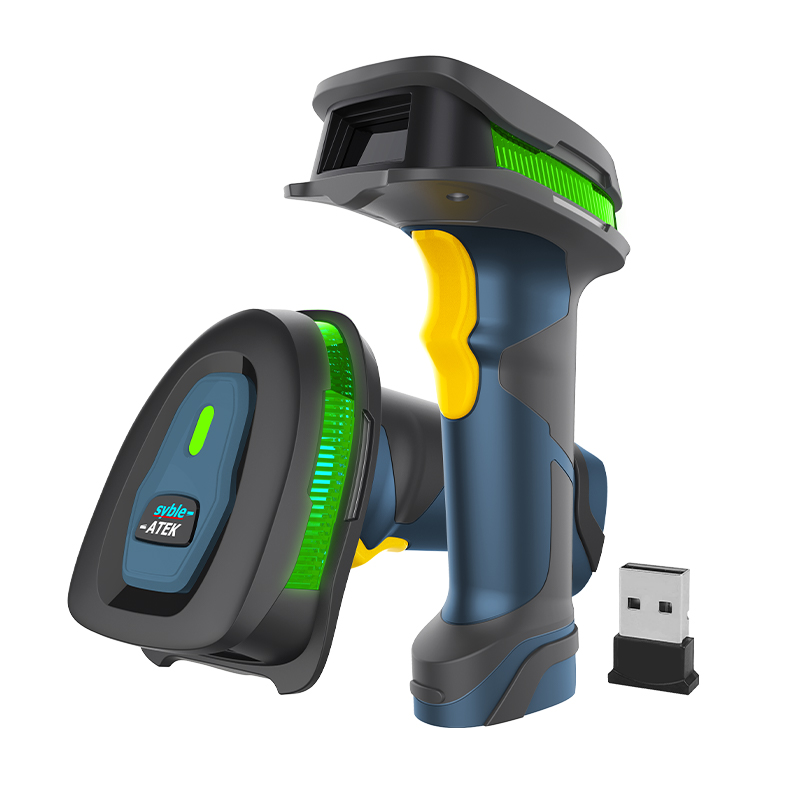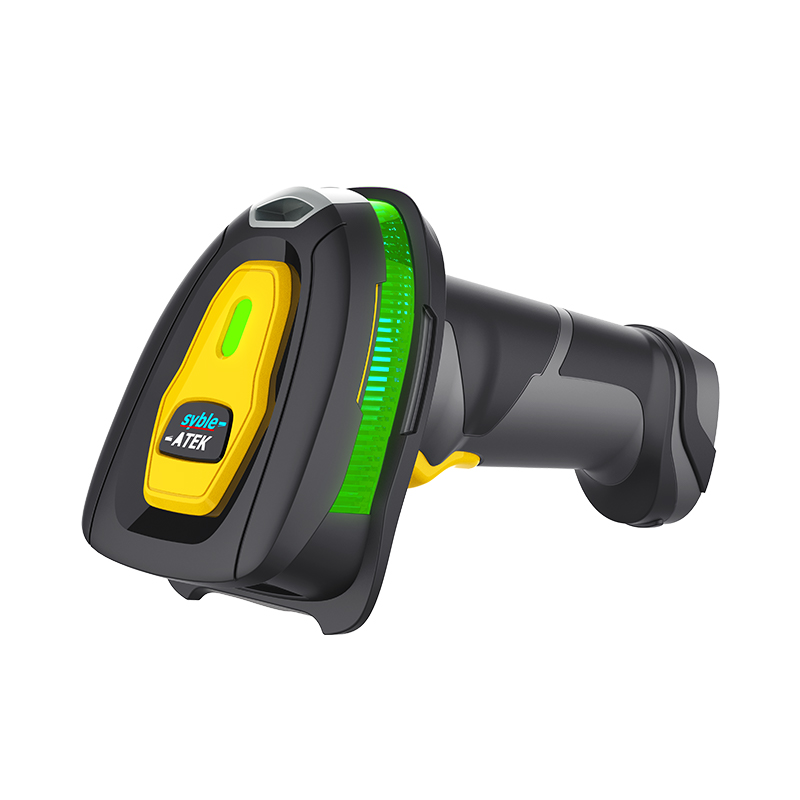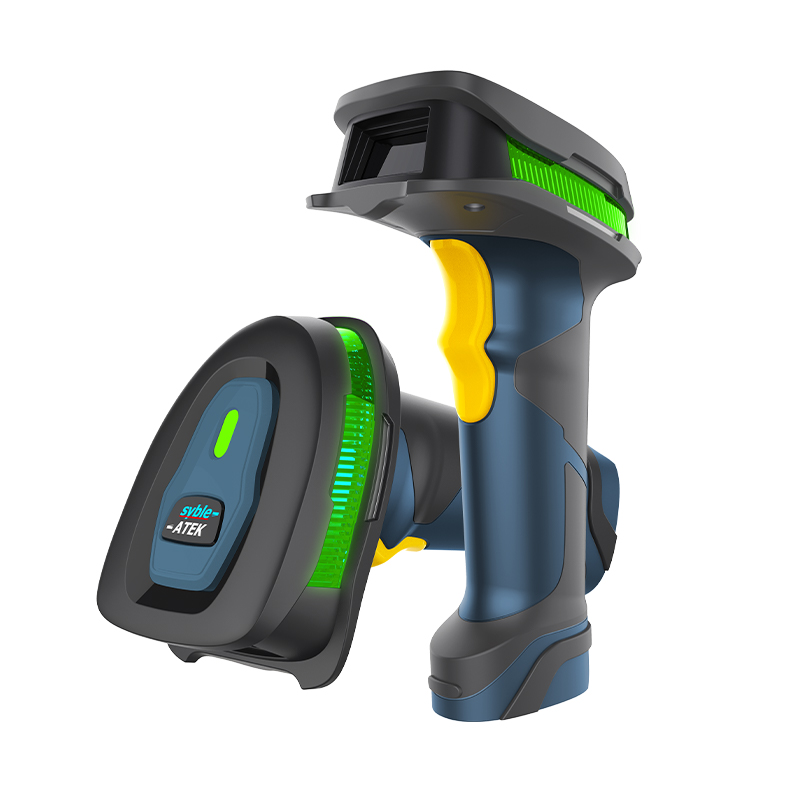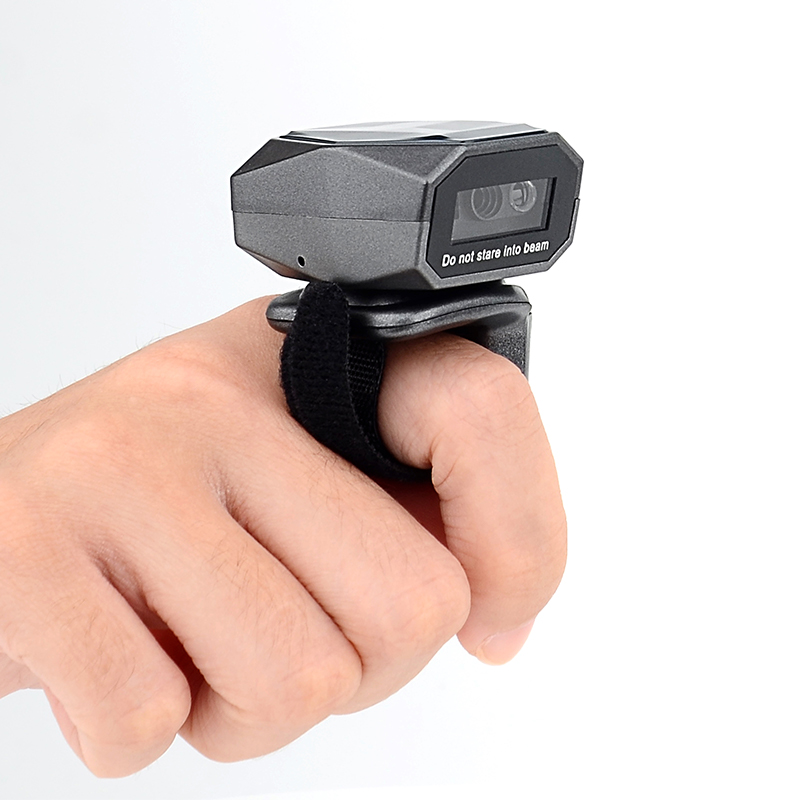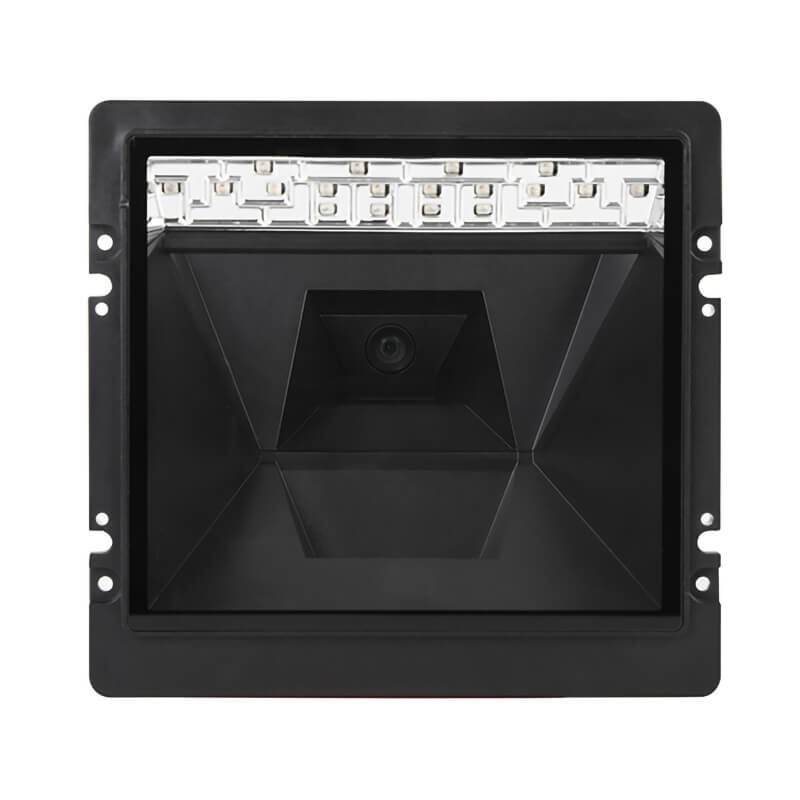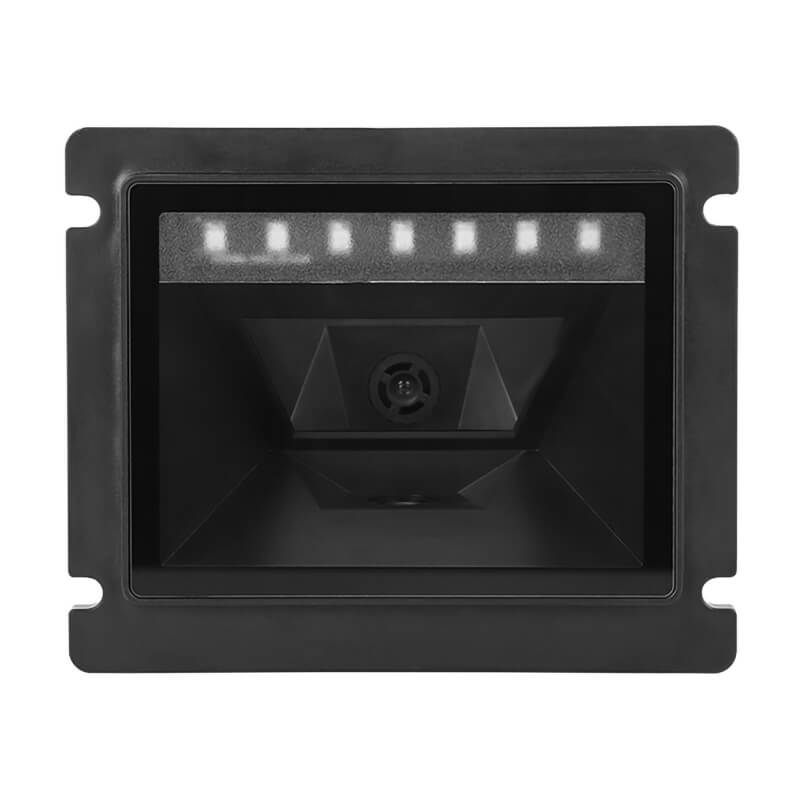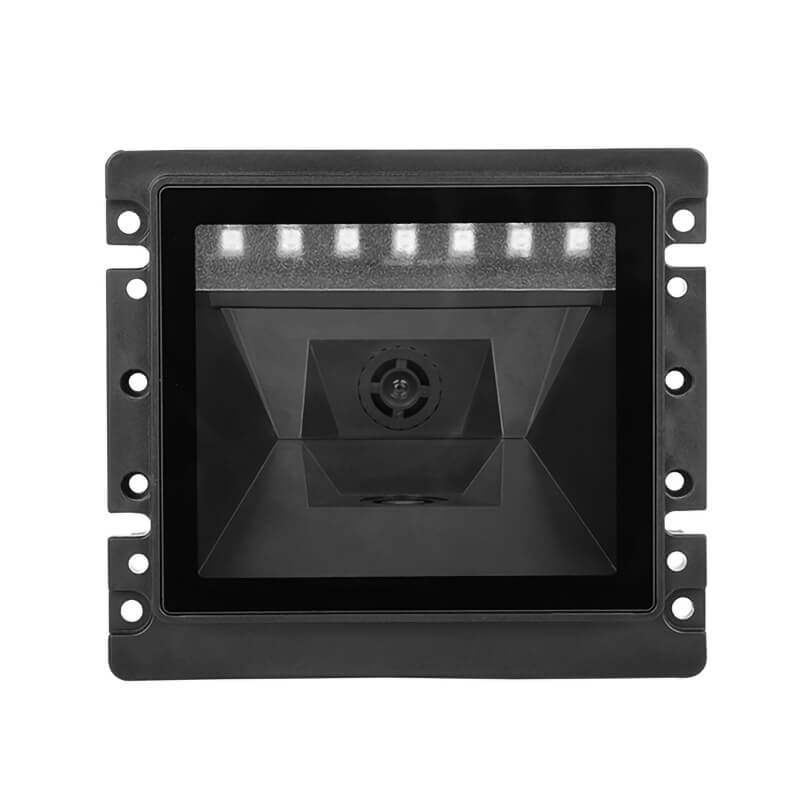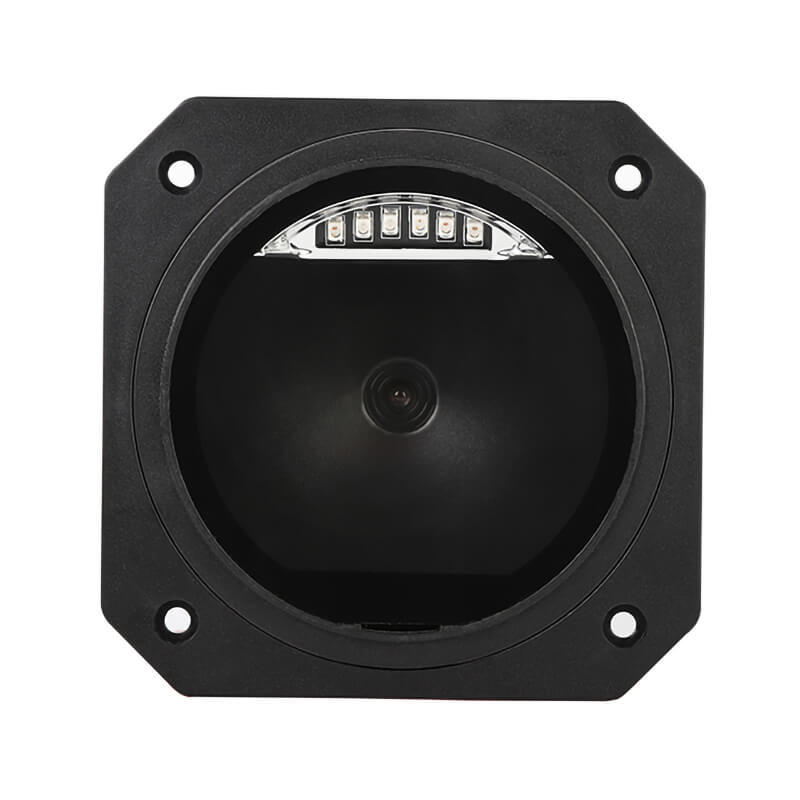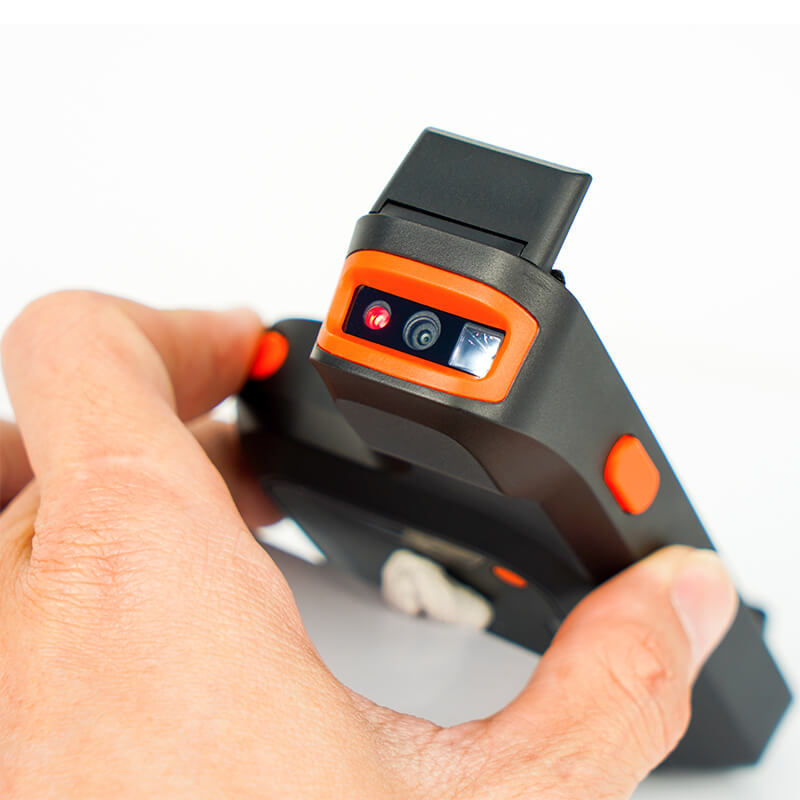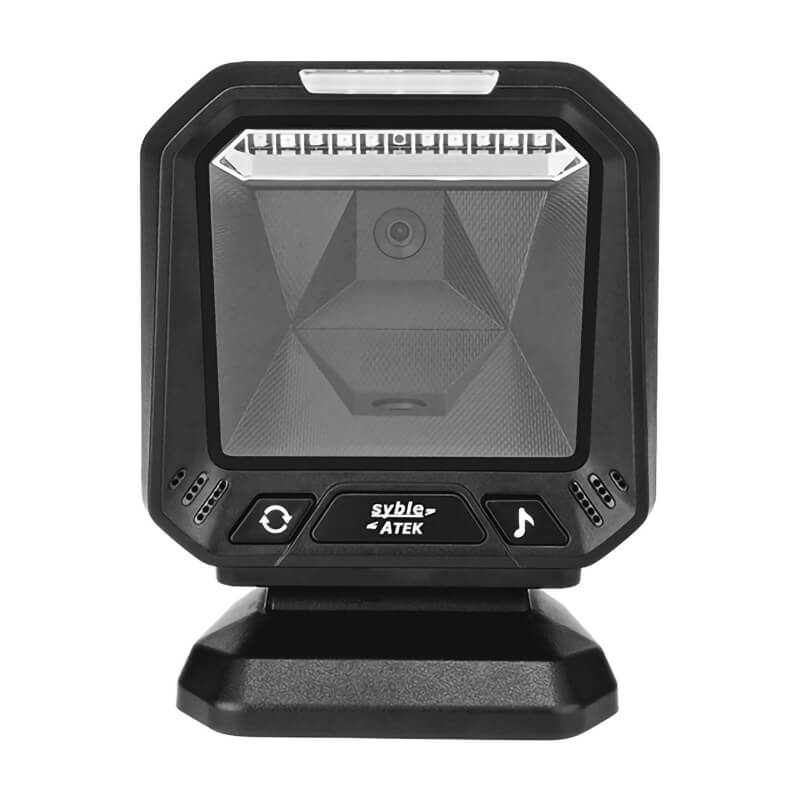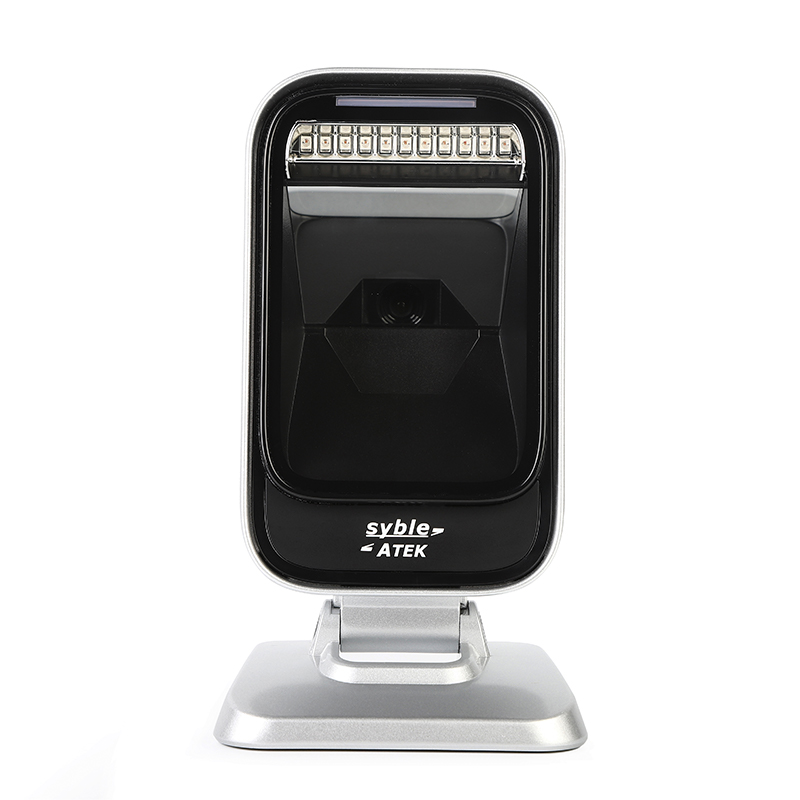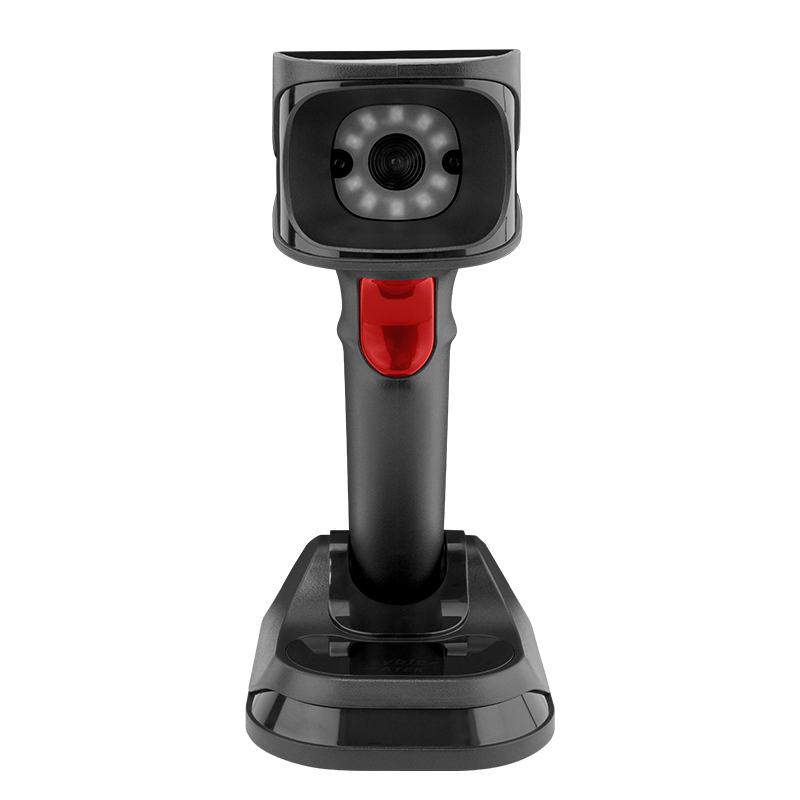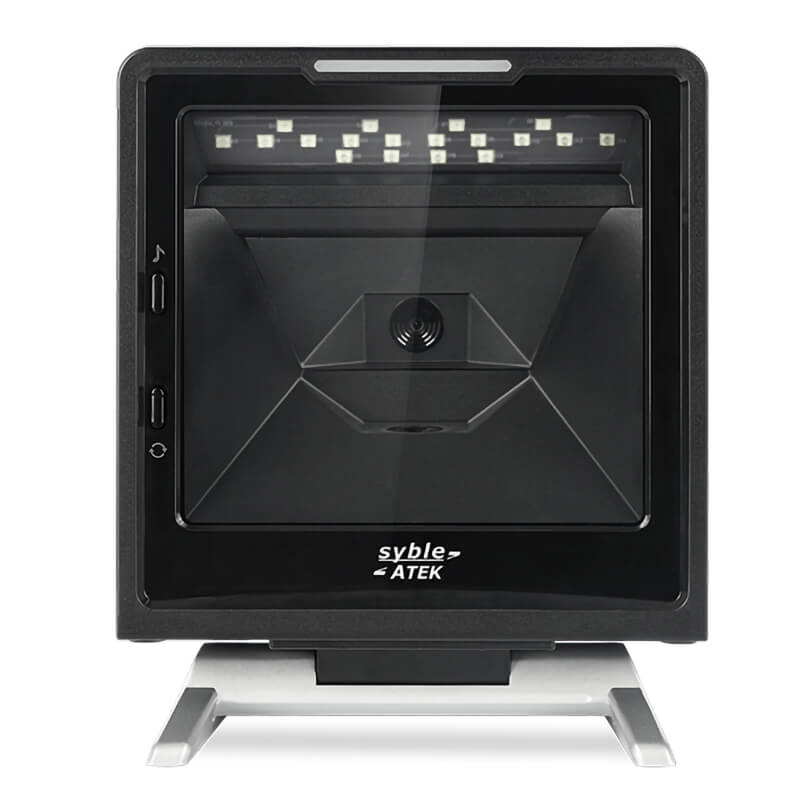1. Laser Decoder
Features: Uses a laser beam to scan barcodes, suitable for reading 1D barcodes (such as UPC, EAN, Code 128, etc.).
Advantages:
Fast scanning speed and high accuracy.
Suitable for long-distance scanning (typically ranging from tens of centimeters to several meters).
Performs well in well-lit environments.
Disadvantages:
Cannot read QR codes.
Sensitive to reflective or damaged barcode surfaces.
Applicable Scenarios: Retail, warehousing, logistics, and other scenarios requiring fast scanning of 1D barcodes.
2. Linear Imager Decoder
Features: Uses a CMOS sensor to capture barcode images, suitable for reading 1D barcodes and some QR codes.
Advantages:
Low requirements for barcode quality; can read damaged or blurry barcodes.
Relatively low cost.
Disadvantages:
Short scanning distance.
Limited support for QR codes.
Applicable Scenarios: Retail checkout, library management, and other scenarios requiring cost-effective solutions.
3. 2D Imager Decoder
Features: Uses a camera to capture barcode images, supporting both 1D barcodes and QR codes (such as QR Code, Data Matrix, etc.).
Advantages:
Supports multiple barcode types, including complex QR codes.
Can read barcodes on screens (e.g., mobile phone screens).
Fast scanning speed and strong adaptability.
Disadvantages:
Higher cost.
May perform poorly in strong light or reflective environments.
Applicable Scenarios: Healthcare, manufacturing, mobile payments, ticketing, and other scenarios requiring handling of multiple barcode types.
4. Area Imager Decoder
Features: Similar to 2D imager decoders but with a larger coverage area, supporting simultaneous scanning of multiple barcodes.
Advantages:
Can read multiple barcodes simultaneously.
Suitable for high-throughput scenarios.
Disadvantages:
Higher cost.
Requires higher device performance.
Applicable Scenarios: Logistics sorting, production line monitoring, and other scenarios requiring high efficiency.
5. Smart Decoder (AI-Driven)
Features: Combines artificial intelligence technology to handle complex, blurry, or distorted barcodes.
Advantages:
Strong recognition capabilities, adaptable to various complex environments.
Supports deep learning, continuously optimizing recognition performance.
Disadvantages:
Higher cost.
Requires high hardware performance.
Applicable Scenarios: High-end manufacturing, healthcare, unmanned retail, and other scenarios with extremely high barcode recognition requirements.
Key Factors in Choosing a Decoder
Barcode Type: If QR codes need to be read, a 2D imager decoder or smart decoder must be chosen.
Scanning Distance: Long-distance scanning is suitable for laser decoders, while short-distance scanning is suitable for imager decoders.
Environmental Conditions: In strong light, reflective, or complex environments, prioritize imager decoders or smart decoders.
Budget: Choose the most cost-effective decoder based on budget constraints.
Application Scenario: For high-throughput scenarios, choose area imager decoders; for general scenarios, choose linear imager or laser decoders.
Recommended Combinations
Retail Checkout: Linear imager decoder or 2D imager decoder.
Logistics and Warehousing: Laser decoder or area imager decoder.
Healthcare Industry: 2D imager decoder or smart decoder.
Manufacturing Industry: 2D imager decoder or area imager decoder.
In conclusion, when selecting a decoder, it is essential to balance performance, cost, and actual needs to ensure optimal results.

